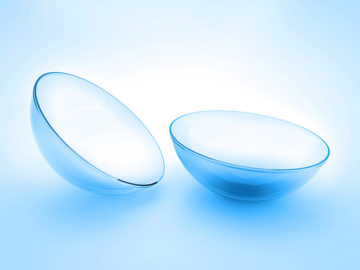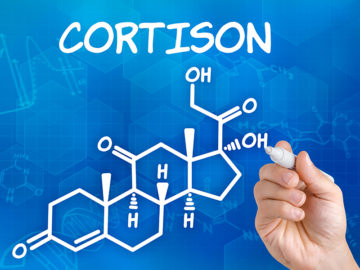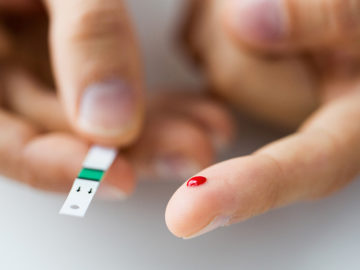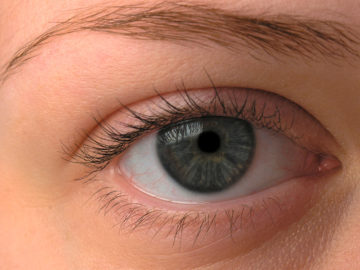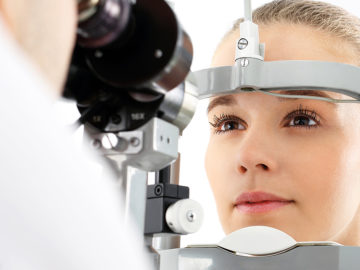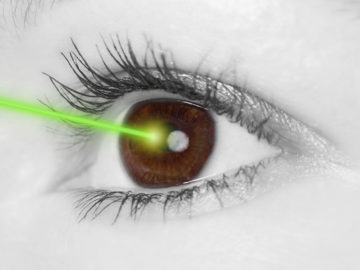Eye operations – an overview

Eye operations demand the highest precision. With modern laser technology, doctors nowadays can work more accurately than with a scalpel.
For the most part, surgical interventions in the eye are necessary when other forms of therapy (medication, eyewear) no longer work with certain eye diseases or severely impaired vision. The wide spectrum of types of operation in ophthalmology ranges from correction of eyesight (refractive surgery) and eye muscle operations (for example for a manifest squint) to cornea transplants (keratoplasty).
When is an eye operation necessary?
In Germany, the removal of cataracts is one of the most frequently performed operations. It involves removing the clouded lens and replacing it with an artificial one. It is performed some 600,000 times a year and predominantly without complications. Other clinical pictures which often have to be treated with an operation are:
- Green Star (glaucoma)
- Retinal detachment (ablatio retinae)
- Squinting (strabismus)
- Heavily impaired vision (ametropia)
Most of these surgical interventions are performed with specific special laser technology. For example, for the treatment of corneal curvature, as well as short- and long-sightedness, part of the cornea is removed with the aid of a laser in order to change the refraction in the eye and to offset the sight defect.
In the run-up to surgery: patients who are considering laser treatment for their impaired vision and who are already suffering from dry eyes or other chronic eye diseases before refractive surgery, should in particular exercise caution. Beforehand, they should extensively consult with an independent eye doctor as to which process is suitable.
Dry eye following an eye operation
Among the most reported side effects following eye operations are foreign body sensation in the eye, visual disorders such as glare at night time and especially dry eyes. Possible cause: both mechanical interventions and laser treatment damage the fine corneal nerves. This reduces the sensitivity of the cornea which is less able to attune the surface of the eye to its environment. The consequence is a dysfunction of the tear film and tear productsion decreases. This phenomenon is most pronounced around one week after the operation and usually the surface of the eye regenerates itself within several months.1
The correct aftercare
After the operation, it is important to facilitate the healing of the wound and to counteract tear film dysfunction. Therefore, eye drops are usually used in aftercare.
What is more, you should be aware that, after the operation, eyesight does not immediately and completely return. Ideally, you should take a few days off in order to rest the eyes and thus to ensure optimal aftercare and recovery of vision.
1 Wedrich, Andreas et al. Trockenes Auge. Alles zum Sicca-Syndrom. Wien 2014, S. 30.





